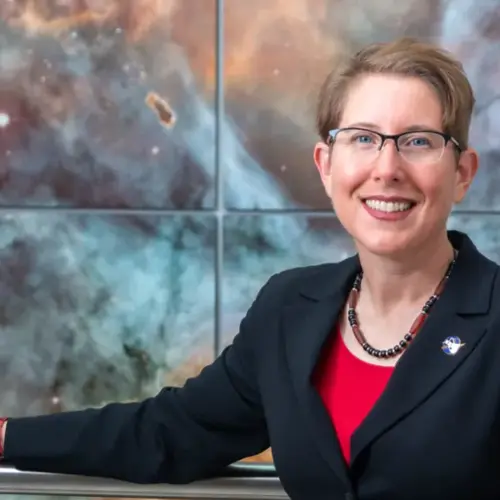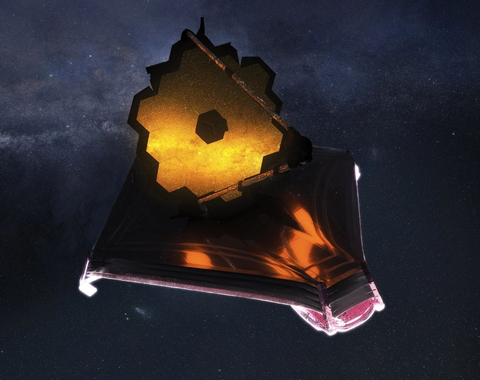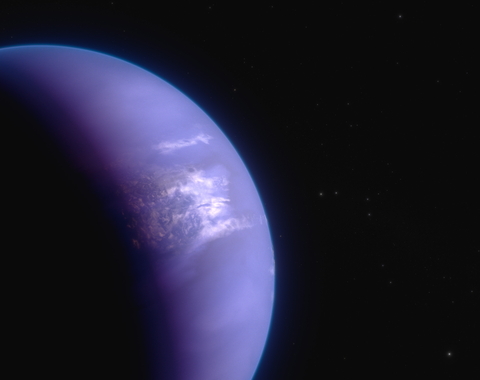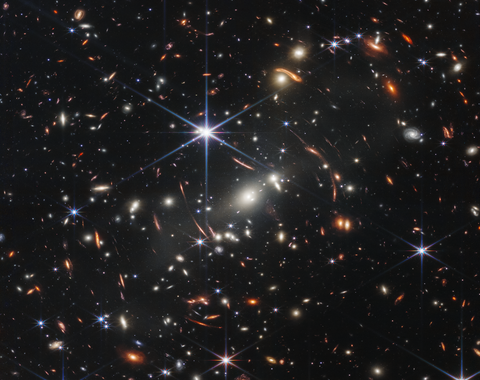JWST at Carnegie Science
Learn how Carnegie Scientists are using the James Webb Space Telescope to advance research frontiers in astrophysics and planetary science.
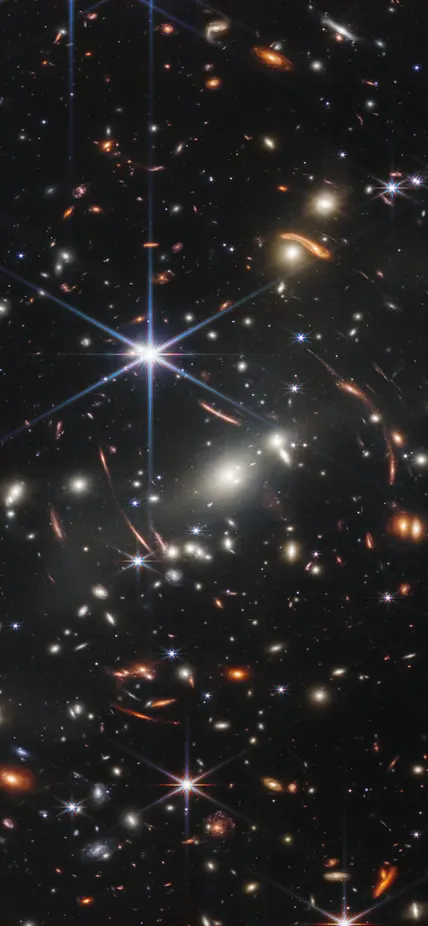
A Major Contribution
Selected JWST News
Last July, they pointed JWST at 33 specially selected ancient galaxies whose light traveled more than 10 billion years to reach us and stared with the new telescope for more than a day, providing the most detailed view of these early galaxies yet captured.
Through its ability to detect atmospheric gases and measure temperature variations, JWST is enabling an enhanced understanding of what’s happening on distant worlds and informing our plans for how to best search for evidence of life elsewhere.
Photochemistry is common in our own Solar System and crucial to Earth's atmospheric makeup, as well as to fundamental life processes such as photosynthesis.
Decades after chairing the committee that first proposed JWST, Carnegie astronomer Alan Dressler is using the space telescope's Near InfraRed Camera to take extremely deep images of about 900 galaxies from the first billion years of the universe’s lifetime.
Related Events
The Webb Telescope's New Era in Astronomy - Dr. Jane Rigby
Using the Webb Telescope to Pull the Curtain From Dusty Galaxies - Dr. Jeff Rich
Seeking Our Origins in Stars and Galaxies - Dr. Alan Dressler
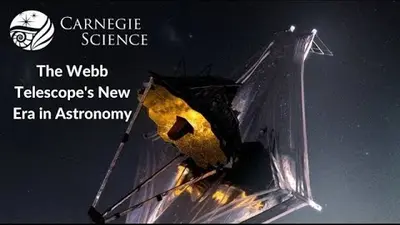
The Webb Telescope's New Era in Astronomy - Dr. Jane Rigby
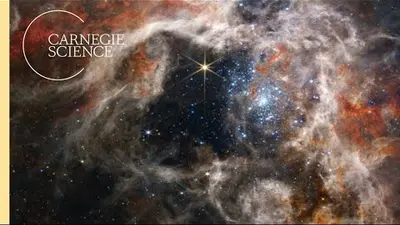
Using the Webb Telescope to Pull the Curtain From Dusty Galaxies - Dr. Jeff Rich
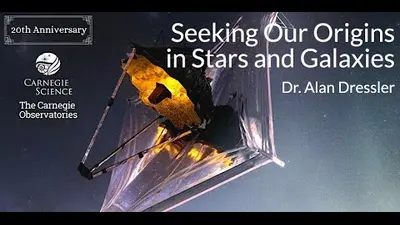
Seeking Our Origins in Stars and Galaxies - Dr. Alan Dressler


